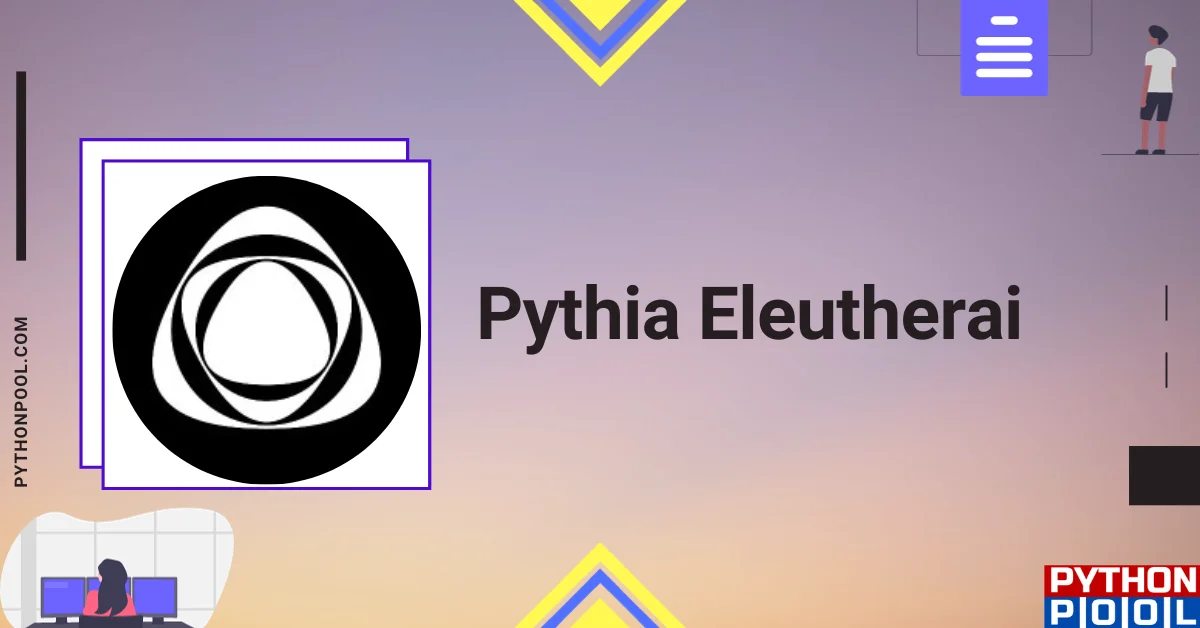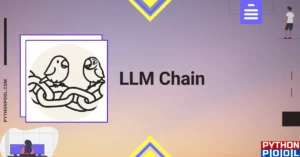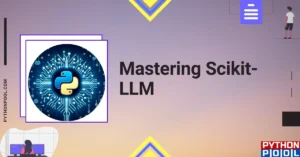Do you wish to know how LLM works? EleutherAI developed a project known as Pythia that helps you discover the backend of these large language models. So are you ready to dive into the world of pythia eleutherai?
About Pythia Eleutherai
The pythia project covers 16 LLMs that were trained on similar types of data. It helps researchers with two things:
- assess the performance of models
- learning patterns of models
The ones who documented this suite observed its size to be 70M to 12B parameters. These 16 large language models are divided into two sets. The exact sizes are 70M, 160M, 410M, 1B, 1.4B, 2.8B, 6.9B, and 12B.
Uses of pythia eleutherai
The basic aim of the Pythia project was to comprehend the working of different large language models on specific tasks like-
- Memorization
- Term frequency effects
- Bias
The researchers get to know how the LLMs process training data store, and retrieve the information related to this data. Also, it checks the frequently occurring words to know in what sense it affect the LLM working. Reduction of bias is a primary concern of all researchers. This is in accordance with the fact that if a model is less biased, it will perform better on test data.
Contents of the suite
As we already know, this suite consists of sixteen LLMs; there is, of course, more to it. In all, this suite has 4 contents, namely-
- trained models
- analysis code
- training code
- training data
Now, a common question is whether these 16 models have been trained on different datasets or not. It is interesting to know that these models are centered on the Pile dataset that has details of text along with internet code. It has 300B tokens. Thus, for 8 models, we have the Pile dataset, and for the other 8 models, we have the Pile dataset with deduplication. This means that no duplicate datasets exist. These datasets have 207B tokens. The sixteen models, along with their parameters and datasets, are as follows:
| Name of the Pythia Model | Parameters | Dataset used for testing |
|---|---|---|
| pythia-70m | 70M | Pile |
| pythia-160m | 160M | Pile |
| pythia-410m | 410M | Pile |
| pythia-1b | 1B | Pile |
| pythia-1.4b | 1.4B | Pile |
| pythia-2.8b | 2.8B | Pile |
| pythia-6.9b | 6.9B | Pile |
| pythia-12b | 12B | Pile |
| pythia-dedup-70m | 70M | Pile (deduplicated) |
| pythia-dedup-160m | 160M | Pile (deduplicated) |
| pythia-dedup-410m | 410M | Pile (deduplicated) |
| pythia-dedup-1b | 1B | Pile (deduplicated) |
| pythia-dedup-1.4b | 1.4B | Pile (deduplicated) |
| pythia-dedup-2.8b | 2.8B | Pile (deduplicated) |
| pythia-dedup-6.9b | 6.9B | Pile (deduplicated) |
| pythia-dedup-12b | 12B | Pile (deduplicated) |
Working mechanism
Its work is based on autoregressive language modeling. Using the previous tokens, the model predicts the next token. You basically provide a couple of words as input. The model will evaluate the probability of similar words that hold the ability to be generated as an output. Later, the model chooses the word with the highest probability.
For example, if you have an input sentence as “The cat sat on the”, it will check the probability of similar words that will follow “the” in the given sentence. The word “mat” will have maximum probability. Thus, you will get a mat as your answer.
Checkpoints in Pythia Eleutherai
The pythia eleutherai suite has 154 checkpoints as represented on the official site of hugging face. Do you know why researchers need checkpoints?
This is because while the process of training is ongoing, one might want to go back to some previous stage of their progress. Checkpoints help them with this. You may use them for three primary reasons:
- Understand the model’s training dynamics
- Fine-tuning the model
- Examine internal representations of the model
They help to gauge the workflow at two different stages of the project. Pythia Eleutherai checkpoints are available on the Hugging Face website. Check the model name whose checkpoints you need. Say, if you are working on the Pythia-6.9b model and need its checkpoints, search for “EleutherAI/pythia-6.9b”. Download the list of checkpoints from the “Checkpoints” tab.
Limitations of pythia eleutherai
This suite also offers a few limitations. Some of them are:
- You can’t use it for the deployment part of the process of model building.
- The Pile dataset is biased. So, the model may produce biased outputs, too.
- The output may be harmful and racist. It compromises with the safety standards.
- It is not suitable for human-facing applications. It may generate unfiltered explicit text words.
How to create a tokenizer?
If you want to create a tokenizer for the Pythia LLM suite, use the Transformers library. The AutoTokenizer class helps one in creating a tokenizer. This creates an object of this library and provides you with the vocabulary for the model. After that, the tokenize function will let you obtain the text in tokenized form.
import transformers
# Instantiate a new AutoTokenizer object
tokenizer = transformers.AutoTokenizer.from_pretrained("EleutherAI/pythia-70m-deduped")
# Tokenize the text
text = "Hello, world!"
tokenized_text = tokenizer(text)
# Print the tokenized text
print(tokenized_text)
Does pythia support finetuning?
The Pythia LLM suite supports fine-tuning. You just need to load the required model, train it, and evaluate it based on your requirements.
For this example, accuracy is found with the training dataset. You can use any dataset of your choice.
import transformers
# Load the Pythia model
model = transformers.AutoModelForSequenceClassification.from_pretrained("EleutherAI/pythia-70m-deduped")
# Create the training dataset
train_dataset = transformers.Dataset.from_pandas(train_df)
# Train the model
model.train()
for epoch in range(num_epochs):
for batch in train_dataloader:
outputs = model(batch["input_ids"], batch["labels"])
loss = outputs.loss
loss.backward()
optimizer.step()
optimizer.zero_grad()
# Evaluate the model
model.eval()
with torch.no_grad():
for batch in test_dataloader:
outputs = model(batch["input_ids"], batch["labels"])
loss = outputs.loss
accuracy = (outputs.logits.argmax(dim=1) == batch["labels"]).float().mean()
# Print the accuracy
print("Accuracy:", accuracy)
Pythia LLM suite vs CHATGPT
Let’s know the factors that differentiate the Pythia LLM suite from CHATGPT with the help of this table.
| Pythia LLM suite | ChatGPT |
|---|---|
| It has been trained on the Pile dataset. | It is not Open-source. |
| Its size is 70M to 12B parameters. | Its size is 175B parameters. |
| It has been trained on Pile dataset. | It has been trained on Web text and code. |
| Its focus is on Research. | Its focus is on Commercialization. |
| Its strengths lie in Flexibility and reproducibility. | Its strengths lie in performance and ease of use |
| Lack of polish and potential for bias are its weaknesses. | Lack of transparency and potential for bias are its weaknesses. |
So, if you are a researcher or you wish to understand the backend of these LLMs, you should try pythia eleutherai suite for sure. On the other hand, if you plan to use an LLM to generate text labels, draft your content creatively, or perform other such tasks, you should use ChatGPT only.
FAQs
You can check the official website or clone the GitHub repository in order to go through the documentation of pythia eleutherai.
At times, it may generate explicit content due to the presence of the Pile dataset.
The range of these models is 70M to 12B parameters.
No, it is an encoder-decoder model.
It is 2M (2,097,152 tokens are a part of the batch).
Conclusion
This article demonstrates the pythia eleutherai suite and its usage. It provides insights pertaining to results on gender de-biasing, memorization, and term frequency effects. All in all, it is a great tool for researchers who wish to uncover the world of Large language models.




